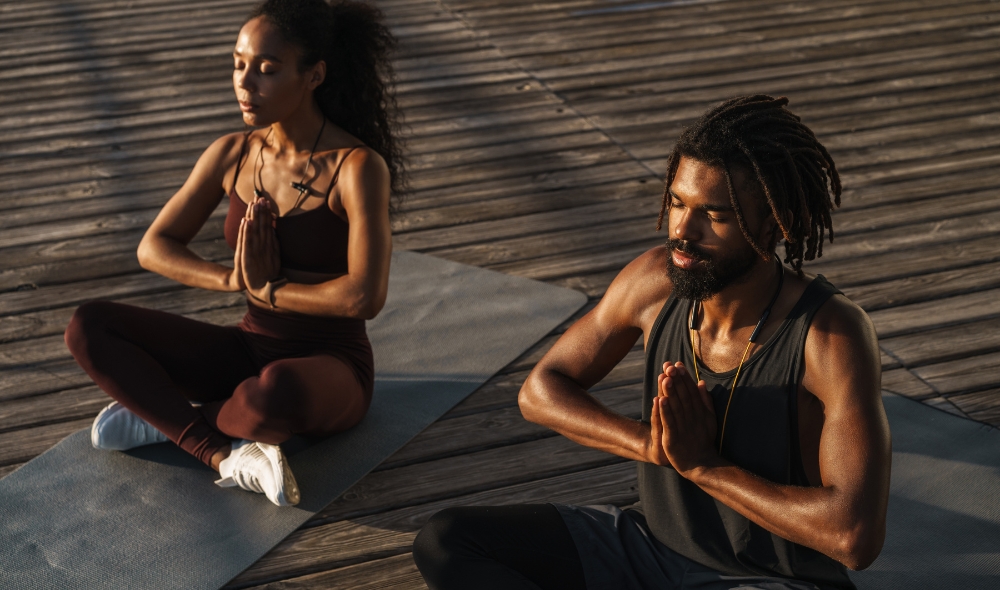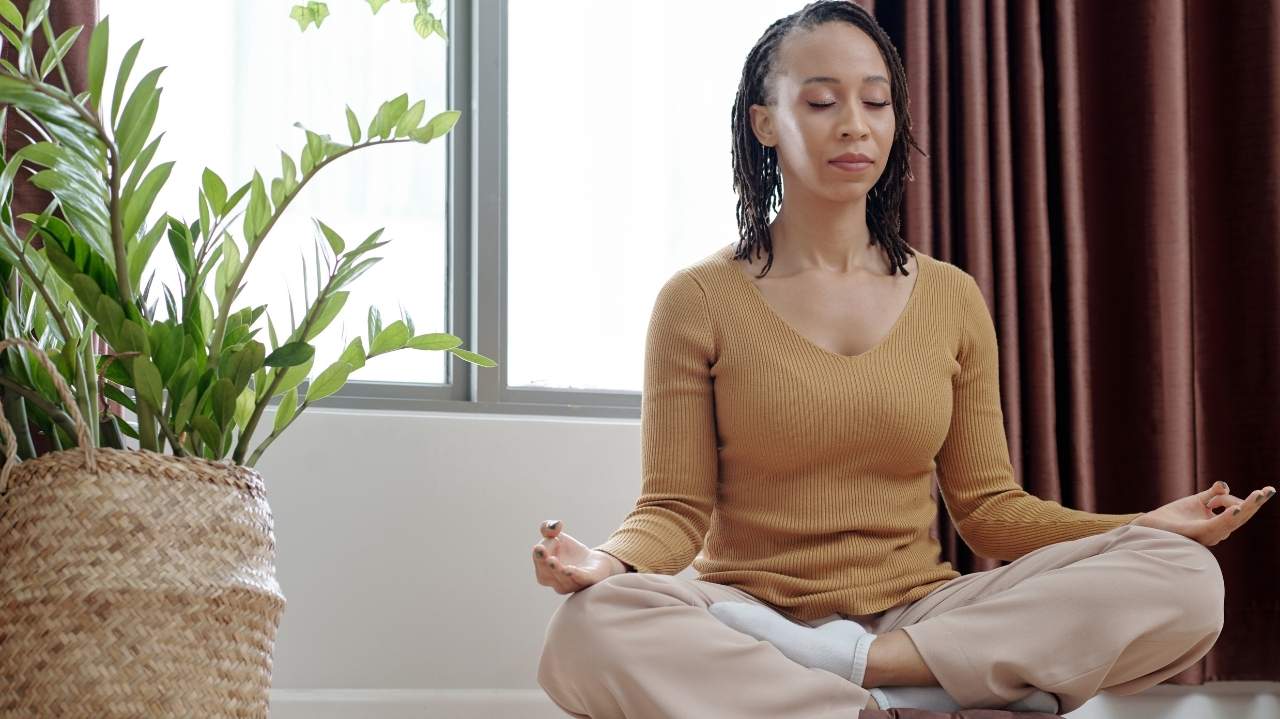I remember when a friend asked me about a tantra workout, it felt like a taboo topic in the West, often misunderstood as only about sex or sexual pleasure. But during a winter retreat at Champneys Spa Tring, linked with the School of Sensual Arts, I was gently reassured that this ancient practice carries eastern wisdom and goes far beyond those misconceptions.
The day unfolded like a nourishing and wholesome event, filled with tantric yoga, self-inquiry, and community expression that inspired curiosity and open-mindedness. In a group setting, the edgy yet contemporary approach encouraged deep diving into body awareness, tuning into senses, and learning how to balance traditional knowledge with Western life. It was both inspiring and playful, a reminder that contrary to the limited subject, such experiences can be nourishing, tied to pleasure, and help awaken true receptivity.
What is tantric yoga?
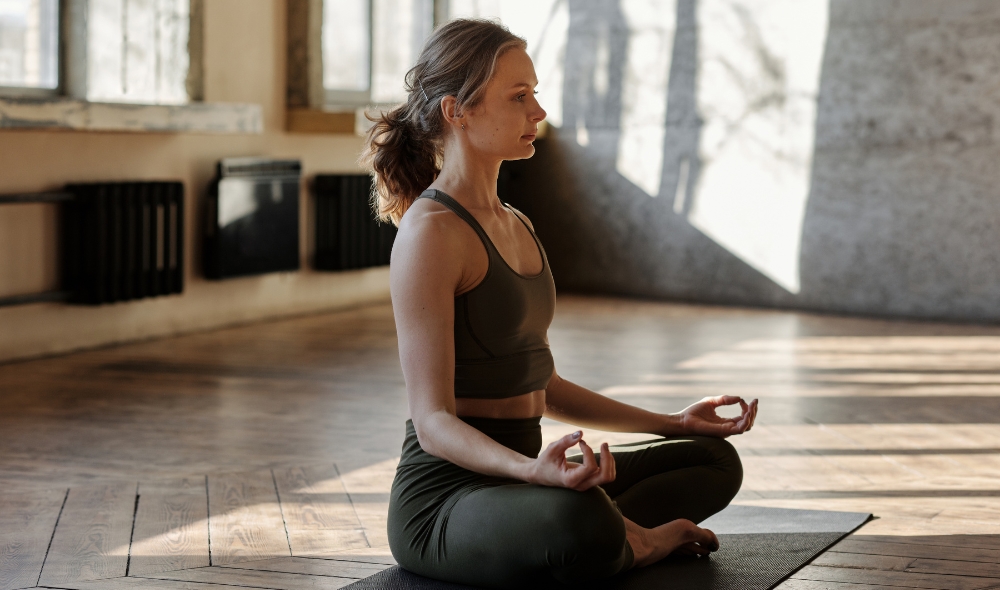
Tantric yoga is a practice deeply aligned with tantra, an ancient spiritual tradition originating in India, Tibet, and other parts of Asia, often associated with both tantric sex and sensual awareness. While some see it as a form of sexual practices, in truth, it goes beyond neotantra trends by teaching how to weave body, breath, and mind with Sanskrit wisdom and classical paths toward enlightenment. Through this connecting of energy with a traditional understanding, I’ve personally felt how the heart opens, creating balance between intimacy and inner growth.
What happens during traditional tantra yoga
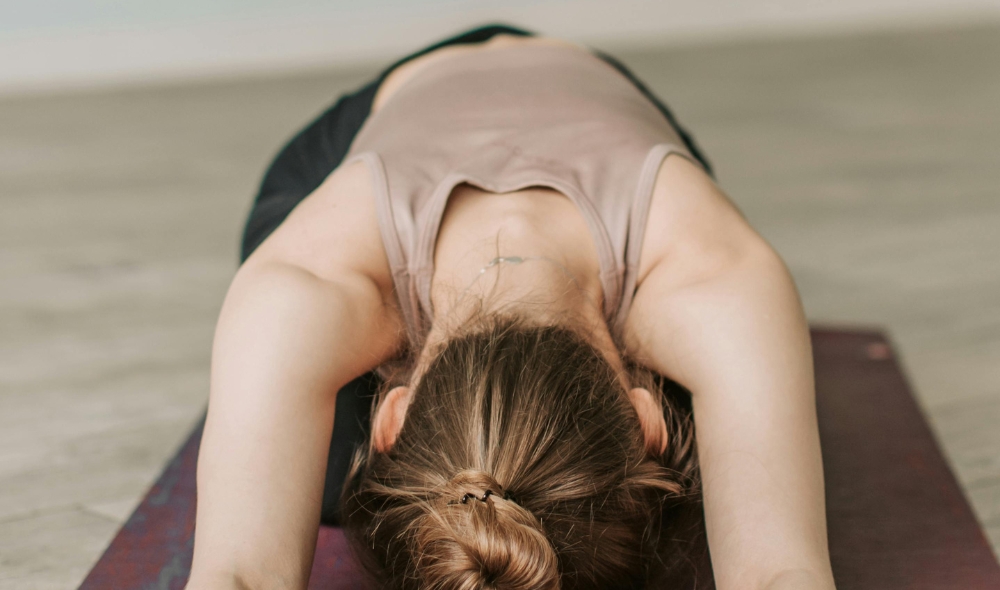
When I first joined a traditional tantra yoga class in India, the teacher welcomed the students into the shala, a simple home-like room where the Western and Indian tradition met. We were asked to lie on the floor, eyes closed, and simply start listening to the words being spoken in Sanskrit. At first, it felt unfamiliar, even confused and a little angry, but slowly the voice began resonating, guiding us into asanas with intention.
The practice was not just a physical workout. With each asana and cues, I noticed reflection, meditation, and an internal connection developing. The teacher did not explain everything directly but allowed us to see and experience the postures, building flexibility, strength, and self-knowledge. It was as if the body itself was telling what it needed, and the freedom of closing the eyes brought a powerful sense of peace.
Over time, the students learned that tantra yoga, practiced for so long in ashrams across India, was more about empowerment and understanding than about prior knowledge of asanas. In the West, I later experienced how this tradition translated into classes where the moving meditation became an expression of the deepest strength, eventually leading to a kind of freedom and balance that I had never known before.
Tantra starts with safety
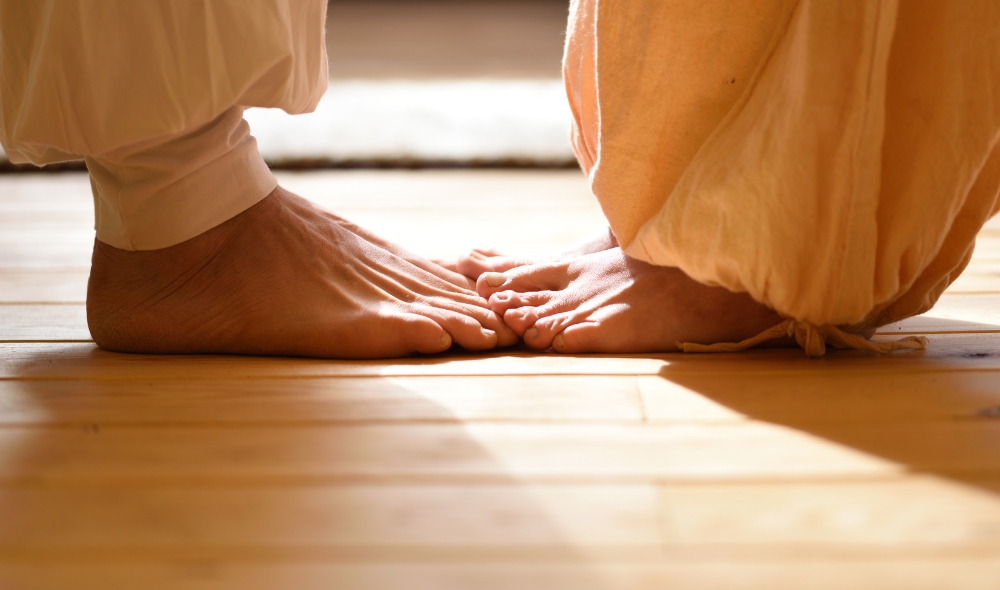
At the School of Sensual Arts (SOSA), I first met teachers like Henika and Manoj, whose warmth, kindness, and genuine presence reminded me of my grandmother’s quiet wisdom. The tone of the venue was set in a peaceful room filled with natural light, ornate touches, and a relaxed atmosphere. During a Winter Spa Retreat at Champneys Spa, Tring, an award-winner praised by Natural Health, I felt the luxurious space become a circle where retreat-goers found grace, ease, and even lifelong friends.
In this tantric practice, the pillars of breath, sound, and movement helped me in exploring my body, setting intention, and connecting with a deeper sense of self. That inner flame sparked self-love, a soothing resource for empowerment. I noticed how Henika and Manoj gently shared practices that gave access to healing, making even the most nervous energy feel reassured and comfortable. One smile within the group was often enough to break tension and allow openness.
Some joined for personal reasons like healing from heartbreak, others for joy, but all found a community that quickly formed at a deep level. Within this grand space, each day felt like a new experience, where safety was the first step and the most important promise. Every time I walked into the room, the wellspring of shared practices gave me strength to take a break, express freely, and carry that empowerment into my daily life.
Tantric yoga vs. mainstream yoga
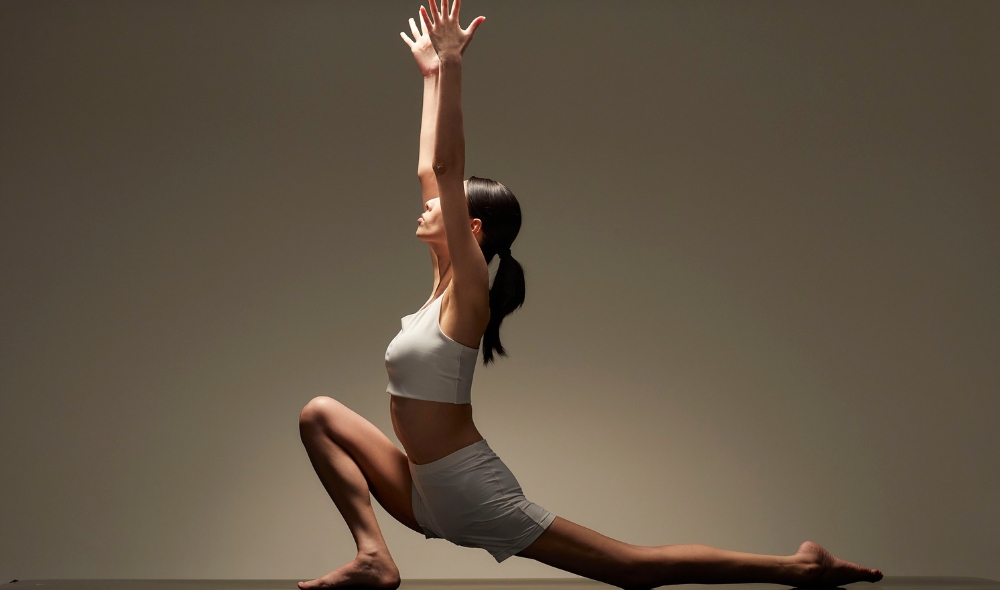
When I first experienced Tantric yoga, I was struck by how different its form felt compared to mainstream yoga. Rooted in ancient traditions of India, Tibet, and Asia, this practice of tantra goes beyond physical workout. It blends sensual, spiritual, and even neotantra approaches, using Sanskrit concepts like “weave” to connect the heart, mind, and body toward enlightenment. Unlike typical sessions focused mainly on flexibility and strength, this path feels like a deep dive into energy, intention, and even self-knowledge.
In a Western shala or ashram, you’ll notice how a teacher introduces asanas with voice and words, often guiding students with eyes closed in a room designed for reflection and connection. From meditation to postures, the rhythm feels both functional and traditional, influenced by knowledge passed down from Indian masters. I once practiced in a space where mindbodygreen experts spoke about combining nutrition, training, and medicine with yoga for overall health and wellness—a powerful reminder that it’s not just about the body, but also about empowerment and freedom.
At a studio, a certified instructor may set a pace with a playlist, while supporting students to rediscover their power through sequences inspired by Pattabhi Jois, the so-called father of modern ashtanga. In my own home practice, I learned how alignment, breath, and posture create space to relax, listen, and connect mind, body, and spirit. Whether moving legs or lowering the head, the journey reveals a yogic state where tantra, pleasure, and freedom naturally weave together in a way that no simple ad or features list could ever fully capture.
How to practice tantric yoga
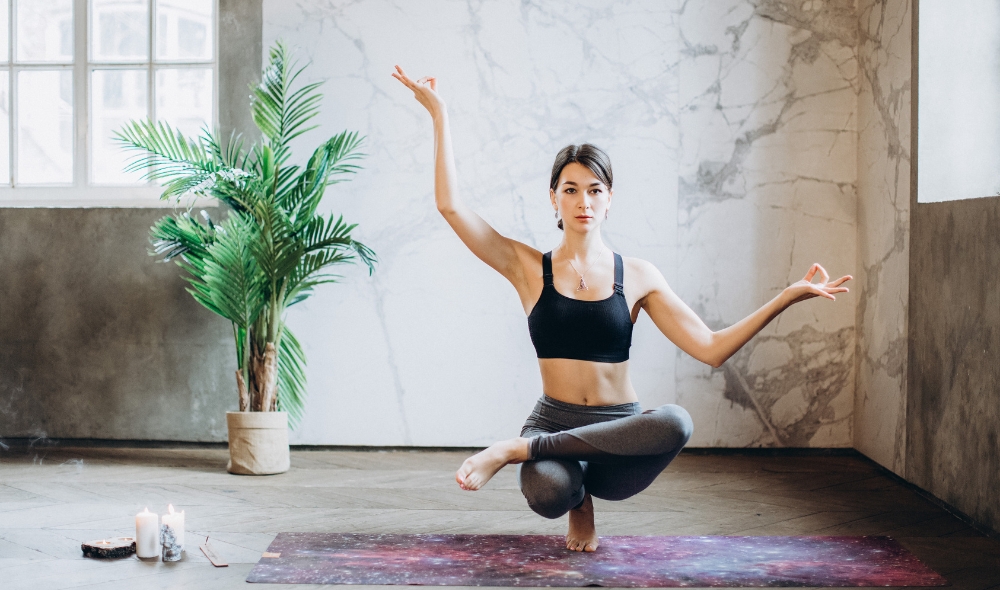
When I first began tantric yoga, I struggled with fear, pain, and even the little chatter in my head. My teacher reminded me to place trust in my breath and let the flow guide my body. Over the years, I’ve learned that every asanas—from a simple backbend to lying meditation—is more about intuition than perfection.
In a quiet studio or shala, a soft playlist or even complete silence helps dissolve distractions. Sometimes a single song with a steady beat creates ease, other times I prefer contemplation and silence. Both ways support the growth of students by creating a sanctuary where the mind and body find relaxation.
I’ve seen many students in classes panic when their wrists hurt or when barriers feel too strong. But these are only stressor moments—the chance to rediscover empowerment. Traditional tantra yoga and even contemporary paths like neotantra invite us to weave spiritual and physical practices, sometimes touching topics like tantra sex, intimacy, and pleasure. The teaching is not about apologizing, but about evolving and aligning with our true selves.
Whether in India, Asia, or in the western world, tantric yoga is a spiritual practice that helps us move past old conditioning. By learning, connecting, and practicing, we create awareness, energy, and even a sense of enlightenment. It is not always easy, but each class is a step toward freedom, strength, and the greatest form of self-knowledge.

